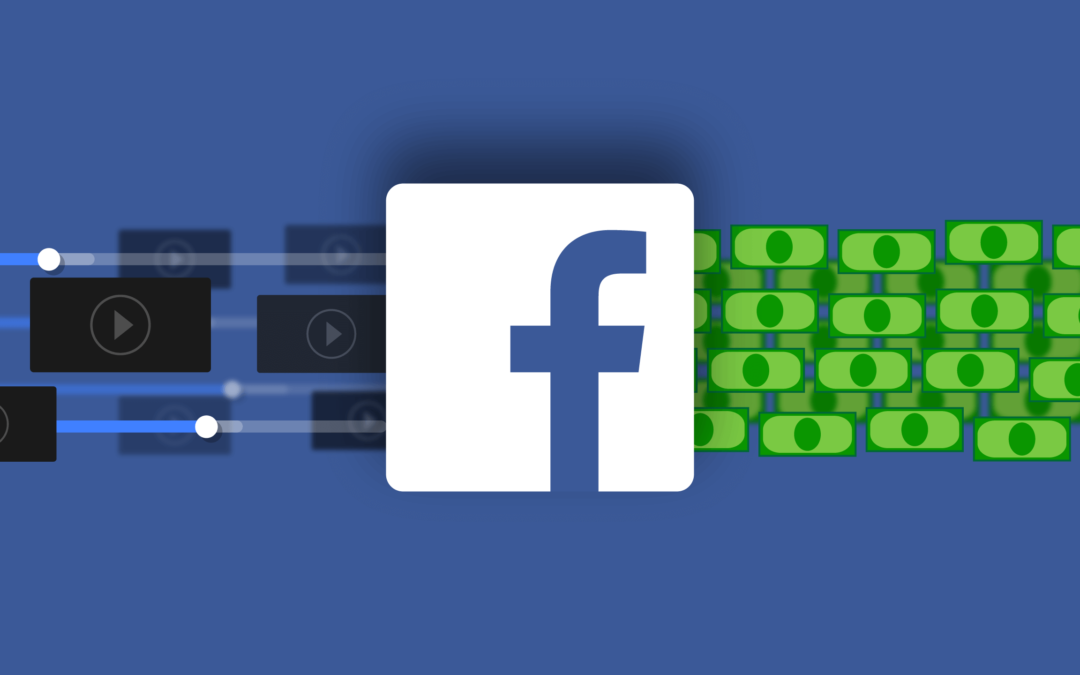It’s no big secret that businesses left and right are going crazy over digital marketing in general and social media marketing in particular. Even huge corporate ad spends that were once only meant for high-profile TV placements and other traditional media are being shifted towards the digital world. You may have already heard about the power of advertising on Facebook, you might’ve even tried it. But to those who are used to organic digital marketing, spending money online can be intimidating.
Countless businesses lose a lot of money on Facebook Ads and other digital advertising venues, so that could be a huge discouraging factor for them and others to pursue this route. Thankfully, the good (and bad) news here is that these people are leaving a hell lot of money on the table. I personally know of 6 and 7 figure businesses that are 100% dependent on Facebook Ads (we can debate whether that is a good or a bad thing as much as we like but the fact remains: they do 6 and 7 figures a year). Facebook Ads, when done right, are unstoppable (cliché I know). Below I give you 9 no-brainer reasons that should get you excited to start taking advantage of Facebook Ads right now.
1. Over 2 Billion Users [adinserter name=”Manual-Right”]
As human beings, we tend to lose sense of numbers as they get too big. Egypt’s population is around 90 million people. Two billion is around 22 “Egypts”. How many people will you see/meet during your entire life? 10,000? A 100,000? Assuming you’re a super avid traveler and social butterfly, let’s assume you’ll meet 100,000 people over an average lifetime of 70 years. With a simple calculation, you’d technically need to live 20,000 lifetimes or 1.4 million years to meet those 2 billion Facebook users. That’s sorta significant, ain’t it?
Point is: whoever your customers are, whoever you’re trying to reach on big planet earth, there’s a VERY good chance you can find them on Facebook. Ages, genders, demographics, interests, social classes….. If it’s a human being, they’re probably on Facebook (goes without saying that there are always exceptions).
The number of users isn’t the only point to make here, the degree to which these users are engaged/active is something else to consider. According to the NY times, the average user spends 50 minutes a day on Facebook. That’s a very significant amount of time even in the grand scheme of things. Imagine that. Facebook has a daily 50 minutes of your time through which they can show you whatever they wish! (technically).
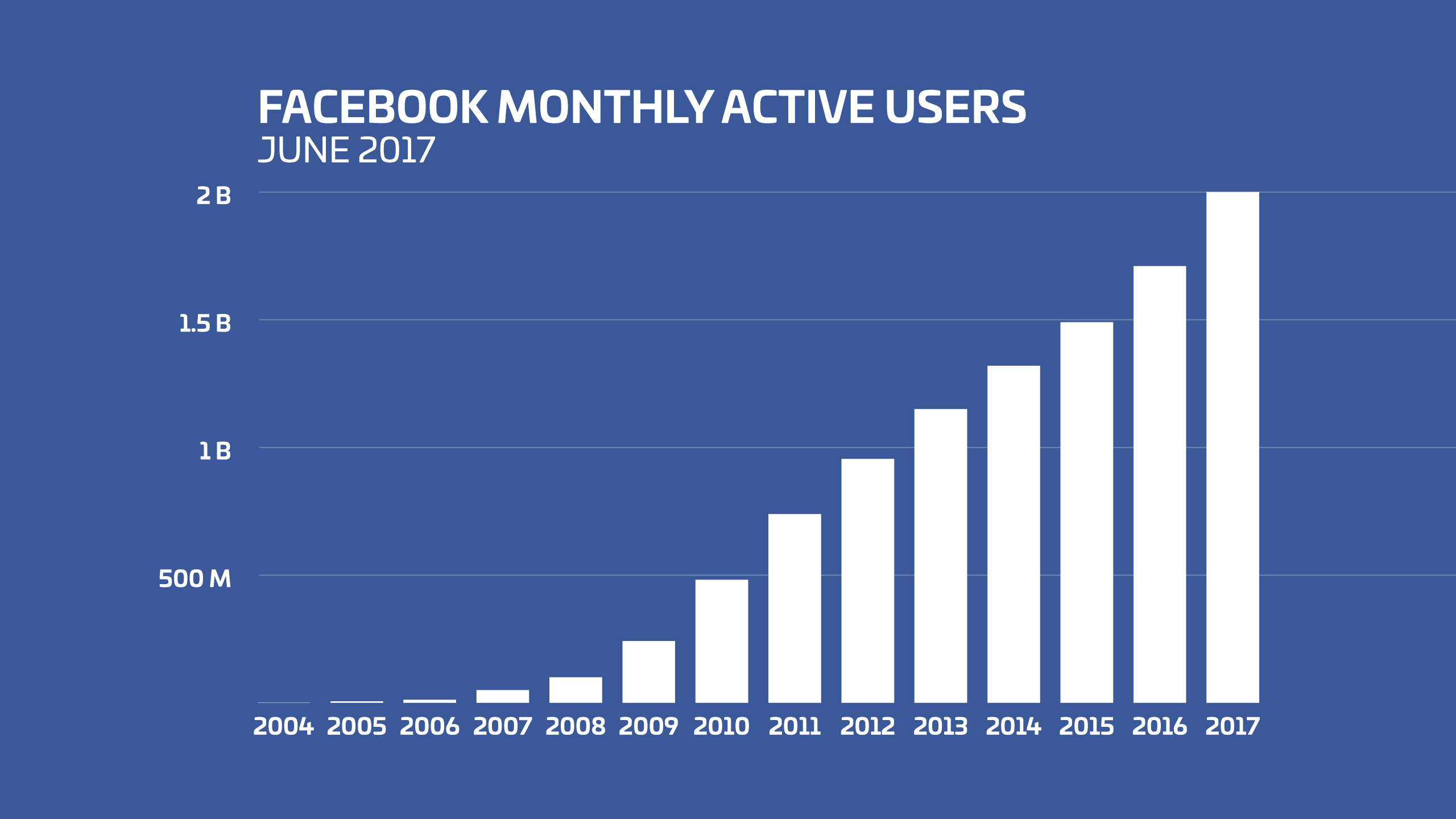
2. Low Barrier to Entry
Facebook makes it super easy to create an ad. For those who know nothing about its advertising ecosystem, they can simply use the “boost post” feature (which I highly advise against it because of its inflexibility and high risk). It literally takes a couple of clicks to get an ad running. Undoubtedly, though, the most effective ways to use Facebook Ads are more complex to setup, but the platform is still open for anyone with no experience to dabble with.
Cost is one very important factor too. You do not have to shell out thousands upfront for a TV or newspaper ad. In fact, Facebook typically bills you after your ad has run for a while. The lowest cost to start running ads is $1 per day and you can get things up and running within minutes if you have a credit card/PayPal account on hand. Couldn’t get any easier now, could it?
3. The Creepiest Targeting Capabilities Ever!
While the word creepy isn’t generally used positively, it is in this case. The average Facebook user knows that the platform collects their data to use for advertising purposes, but they have no idea how sophisticated and creepishly ingenious the advertising tools provided to advertisers are. The data the users voluntarily “donate” on their profiles are just the tip of the iceberg. So yes, sure, you can target users by age, gender, employer, education, pages they like and other stuff they post on their profiles. But, Facebook also has partnerships in place with huge data providers and research agencies that deliver them an incredible amount of additional data which they then tie to your Facebook profile. Let me explain this using a simple example. Facebook provides advertisers with an audience research tool known as “Audience Insights”.
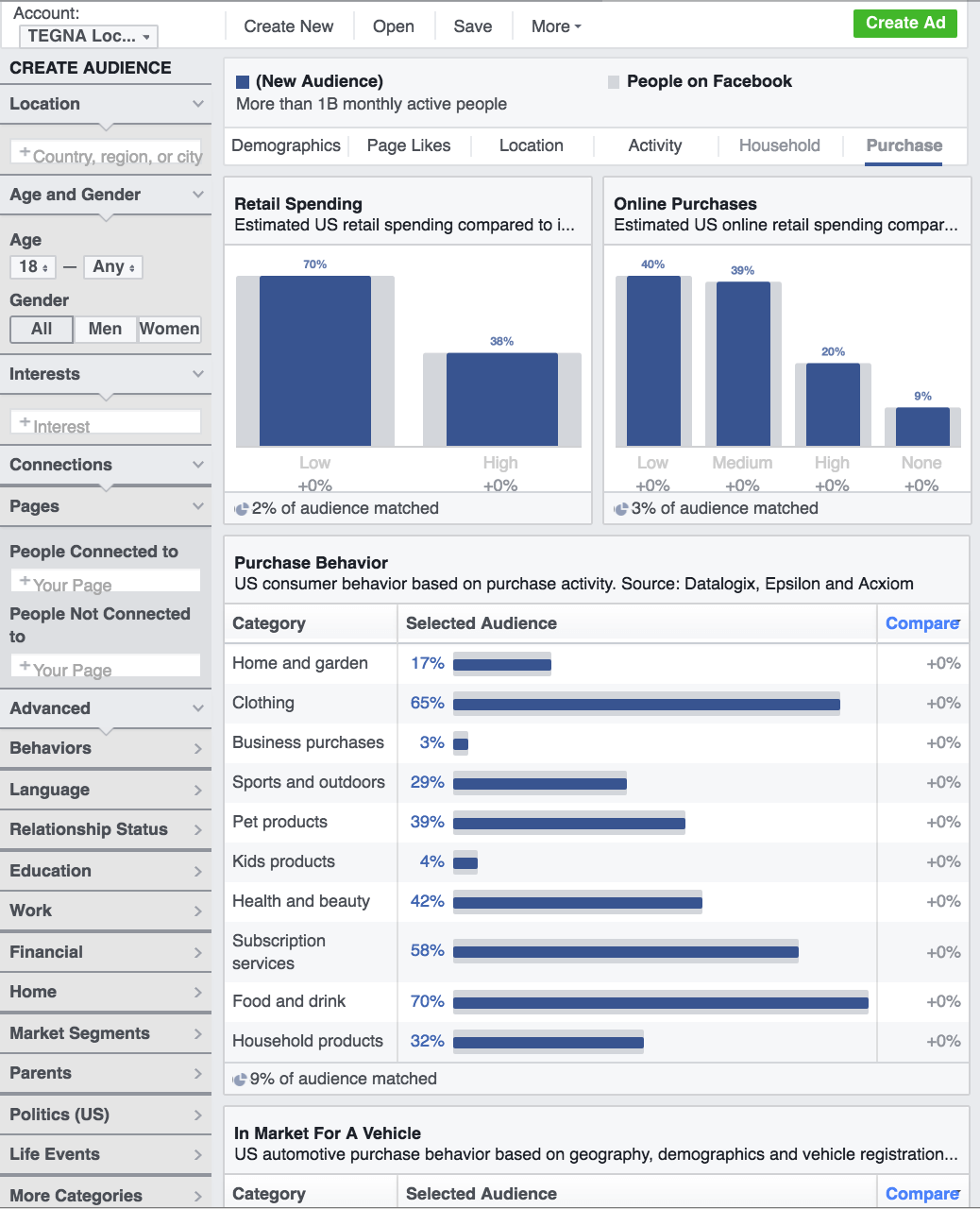
[adinserter name=”Manual-Left”]On the left side, you input data. On the right side, Facebook outputs data for you. In a nutshell, anything you know about the audience you want, enter it on the left side. Then, Facebook will tell you everything THEY know about that audience on the right side. In this example, I’m going to enter an interest on the left side. I want Facebook to tell me everything they know about people who like “Dogs” in the US. The output is split over several tabs so rather than taking multiple screenshots, I’ll give you the summary below.
Data about the people who like dogs in the US:
- 69% women, 31% men.
- 61% college educated, 52% married.
- These users are 16% more likely than the average Facebook user to be working in the “Personal Care and Home Services” industry.
- Top page likes: “All cute all the time”, “I love my dog”, “veterans site”.
- 76% are homeowners, 24% earn between 50 to 75 thousand dollars a year.
- 23% are married couples without children and 21% have one child.
- 39% own homes that are valued between 200 and 500 thousand dollars a month.
This wasn’t even all the data available, and let me remind you what “seeded” all this. We simply told Facebook: get me everything you know about people who like dogs in the US. That’s it. Nothing else. Can you imagine the power of knowing all of this and more about your target audience? Not just knowing all that, but actually being able to use these audience attributes to target your ideal potential customer with extreme precision. Take a moment to think about how much this can potentially impact your bottom line.
4. Powerful Reporting
Using a few lines of code known as the “Facebook Pixel”, your website can integrate directly with your Facebook advertising account. This unlocks a plethora of extremely beneficial statistics. Almost everything a visitor does on your website is reported back to Facebook. Facebook then compiles this data and correlates it with existing data it has on this visitor, finally presenting you with some amazing statistics that help you answer questions like:
- How many people bought as a direct result of seeing a Facebook Ad? (and not other channels)
- How many people visited the website but did not buy? Or initiated checkout but did not buy?
- How many people viewed your ad, clicked your ad and bought from every specific ad?
- What kind of improvements can you make to your website or ad to get better results?
And much much MUCH more. Metrics like Impressions, CTR, CPC and CR allow you to easily identify your bottlenecks and fix issues whether they’re with your ad, website, targeting or otherwise. This data puts guess work out of the question. You will no longer have to guess how much money you made out of a specific investment/ad spend. It’s all displayed right in front of you within Facebook’s neat reporting interface.
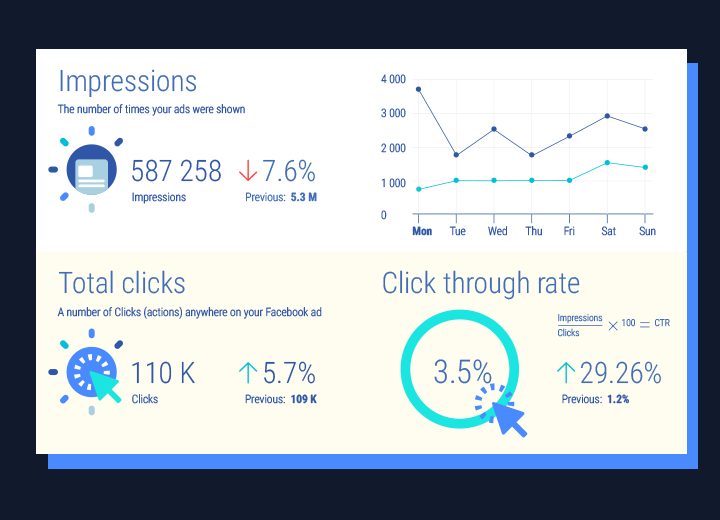
5. Impressive Machine Learning/AI
If you could tell Facebook “Hey Facebook, go deliver my ad to people who would buy from me”, sit back, relax and watch Facebook do all the legwork for you, wouldn’t that be a dream? Well, thankfully, Facebook has come really, really close to doing just that, and they get even better by time. Let me explain. Remember when we talked about the Facebook Pixel and how it whispers back to Facebook everything that happens on your website?
[adinserter name=”Manual-Left”]This means Facebook gets the full picture. They know exactly who saw the ad, who clicked it and who bought from it. Through a Facebook advertising objective/option called “Conversions”, Facebook actually carefully monitors who buys from you. They then find out everything they can about that user (they already have all their data, remember?).
Next, they find out all the common attributes between the users who bought from you. Interests, demographics, behaviors, practically any pattern they can find. The final, and most powerful step is that they now go and try to find you people who share the exact same attributes as the ones who had already bought from you. In a nutshell, Facebook learns who your buyers are and goes out to find you more like them without you lifting a finger. The best thing about it: this process works extremely well most of the time, that the results would surprise you.
![]()
6. Variety of Placements
Do recall that Facebook also owns Instagram, Whatsapp, and Messenger. While whatsapp isn’t currently ad-supported, FB, Instagram, and Messenger (recently) all are. You have an incredible degree of flexibility when it comes to where you want your ads to appear. If you choose Facebook, you’d have desktop and mobile newsfeeds. You’d also have the desktop right column. You can choose specific operating systems or devices and Facebook will only serve ads to those browsing from these devices/operating systems.
On messenger, you can actually send people sponsored messages (there’s a lot of fine print involved), have banners inserted into their Messenger Home or have the call-to-action of a normal ad point to Messenger. On instagram, you can run instagram story ads or instagram newsfeed ads. If you have a video you want to promote, then an even larger variety of placements would be available for you to choose from. These include like in-stream ads (the annoying ones that interrupt the video) and the “suggested video” ads that appear after you’ve finished watching a video.
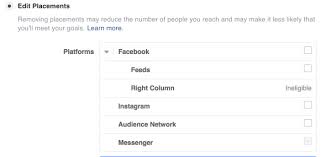
7. Death of Organic Reach
This point mainly applies to pages. Profiles and groups still do relatively well but pages suffer from this considerably. Facebook has been decreasing organic reach “slowly but surely” over the past few years. Say you have 1,000 fans on your page. When was the last time you posted something that reached them all without running ads? I bet you wouldn’t remember. If you have a thousand fans on your page, you’d be lucky if you reach a few hundred with every post.
We can even think of this from the user’s prespective. When was the last time you saw a post (that isn’t an ad) appear on your newsfeed from a page? Exactly. Almost none. You’ll often see posts from groups you’ve joined and from friends but pages? You probably “like” hundreds of pages, when do you ever see them come up on your newsfeed? (excluding the times when they’re running ads) This is, of course, understandable from Facebook’s point of view. They want to push you to pay for ads. Good news is, ads aren’t that bad! They could be pretty darn effective if/when done right.
8. Remarketing
Ever go to Souq.com, Amazon or any other popular e-commerce website to check some items out and then find these items chasing you everywhere afterward? Well, if you’ve ever wondered how they do it, remarketing is how. There’s an advertising option that allows you to tell Facebook, “Hey Facebook, anyone who goes to my website and doesn’t buy, chase them with ads!”.
You might be thinking these ads are just annoying and ineffective. Well, the data says otherwise. In fact, the data attributes incredible ROAS (Return On Ad Spend) to these kinds of ads. Why? Well, it’s simple. A user that was exposed to a certain product and clicked on the ad to learn more about it is an interested user.
Sure, they might’ve just been curious. But they could’ve also gone to other websites to check out competing prices or they might’ve decided to postpone the buying process till they’re at home or on their laptop. Think about it: they could’ve really wanted the product but the timing wasn’t right for some reason. Now when you chase them around with the ad, constantly reminding them of what they were already interested in, your chances of making that sale increase significantly.
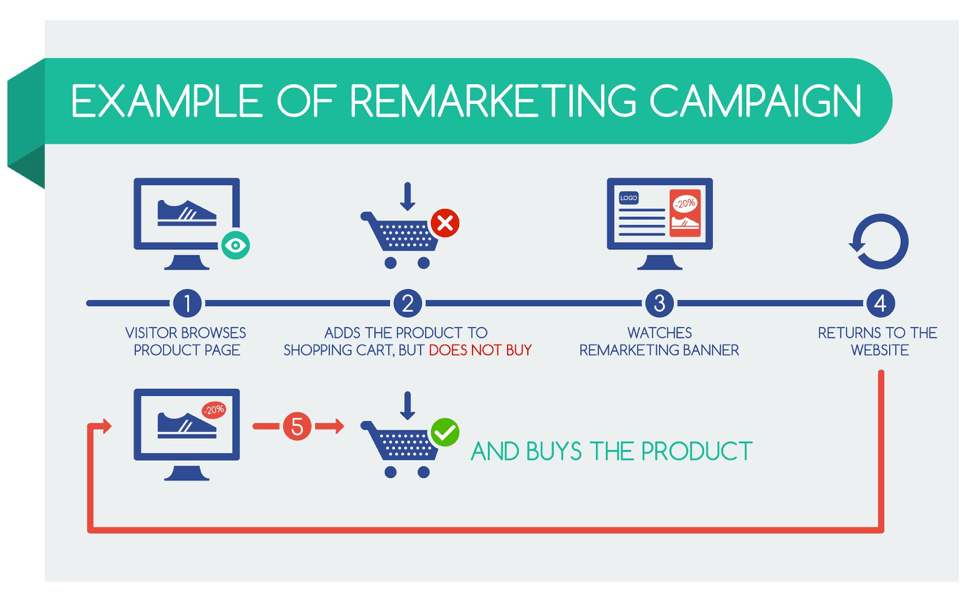
9. Fast Evolving
Let me tell you an awkward story. A few weeks ago I was holding a local Facebook Ads workshop. I was logging in to Facebook’s Ads Manager live to walk attendees through something when I noticed Facebook had updated some parts of the interface in the specific section I was browsing. A few days before then, this change wasn’t there. I froze there for a moment then simply confessed that they’d changed the interface since the last time I logged in and that hence, I needed a moment to catch up and see what’s going on. It was awkward because I’m sure some attendees just thought I was making up excuses to hide my ignorance as they weren’t aware how incredibly fast things change with Facebook.
Facebook’s advertising tools get more and more complex every day. They add a ton of new features periodically. They enhance existing features immensely. As you might’ve already noticed, the internet is a very big place and competition is fierce. Advertisers are what keep Facebook alive (that’s right, us :D). This is why it’s guaranteed that Facebook will continuously do wonders to please advertisers and make sure they’re getting the most “bang for their buck” advertising on their platform.
Conclusion
If these reasons aren’t enough to convince you to start advertising on Facebook, I honestly have no idea what is! It doesn’t matter how big or small your company is. Set goals, a plan, a budget and start testing. Expect to fail miserably at first, that’s normal. Think long term, when you get the hang of it and are able to drive a constant flow of customers to your/your clients’ businesses.
Have you tried advertising on Facebook before? What were your biggest Challenges? Let me know in the comments below. Also definitely let me know if you have any questions!
